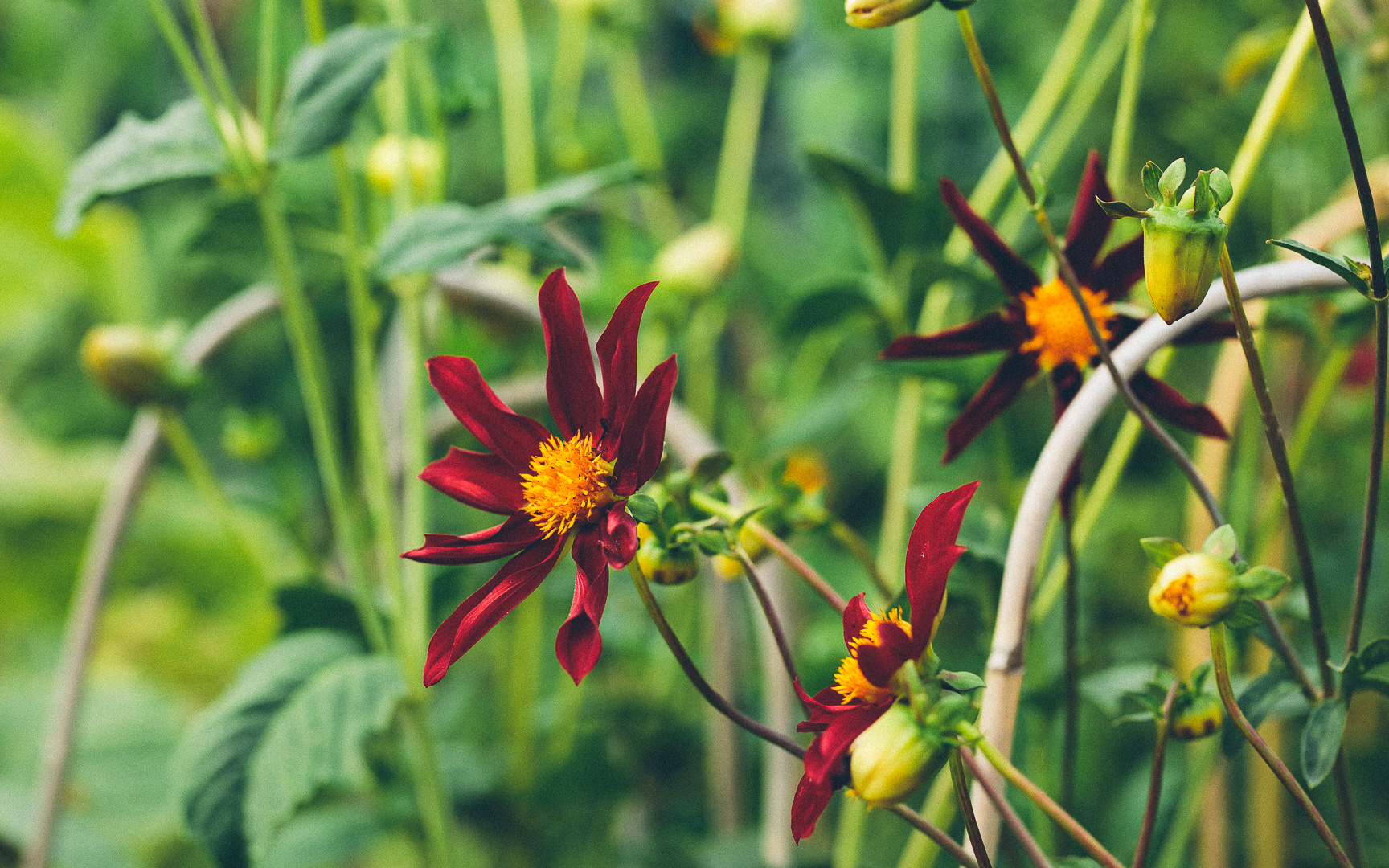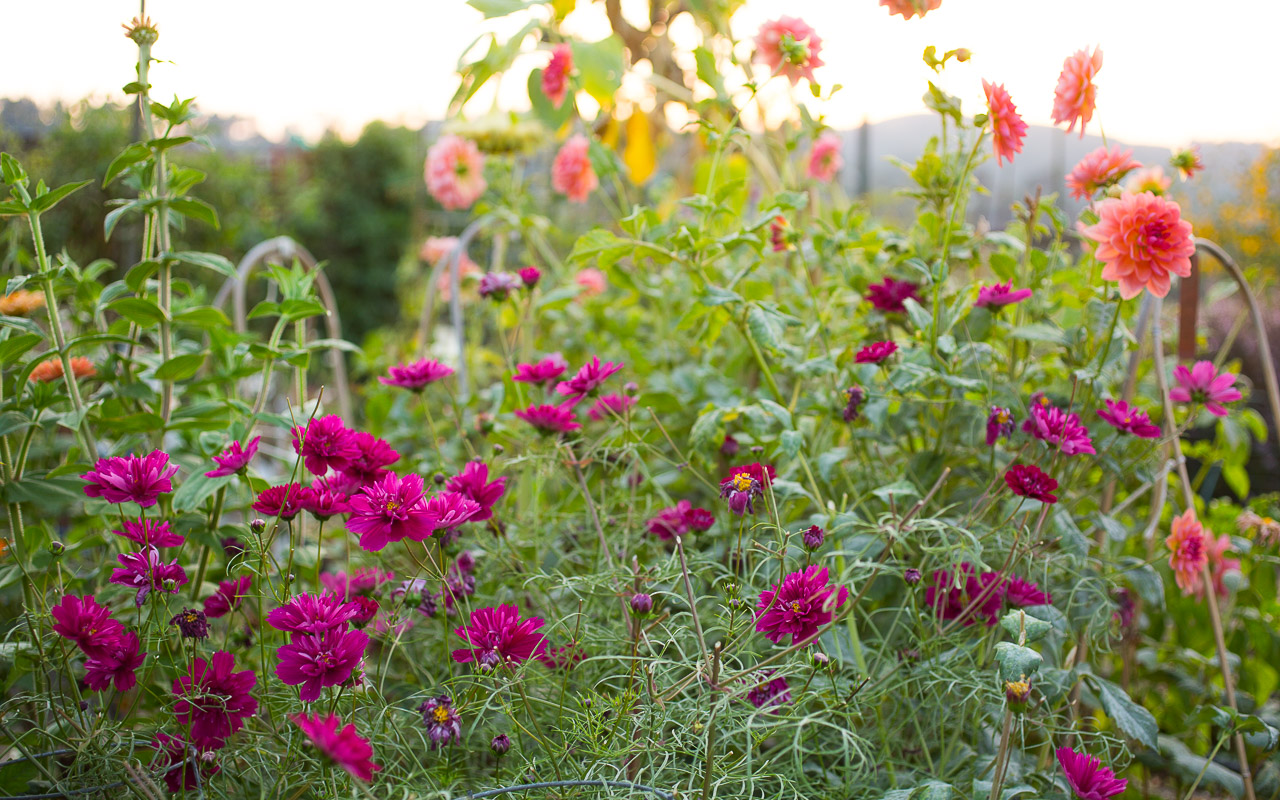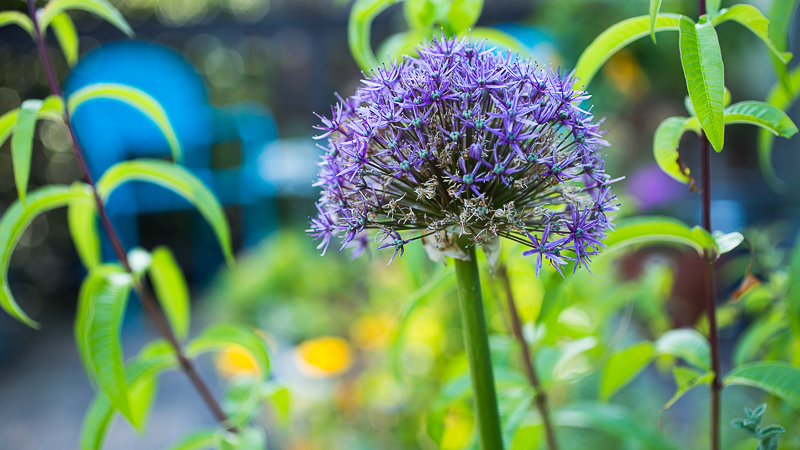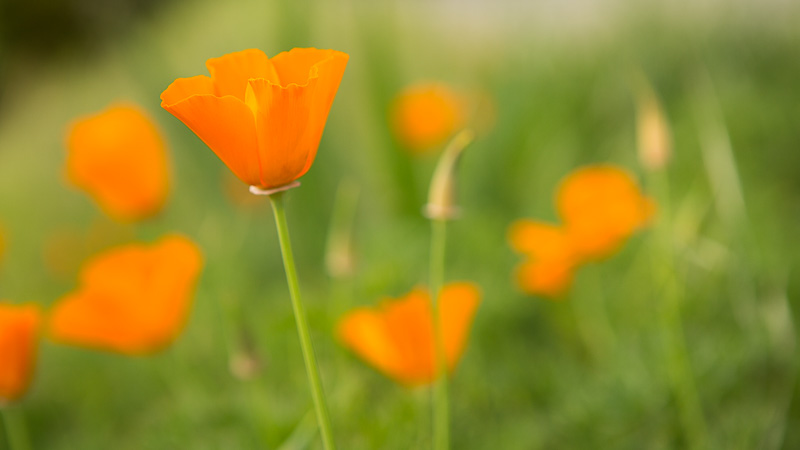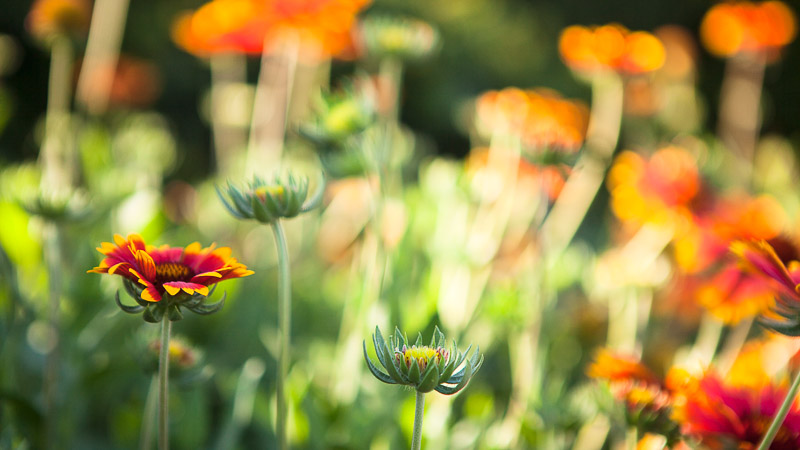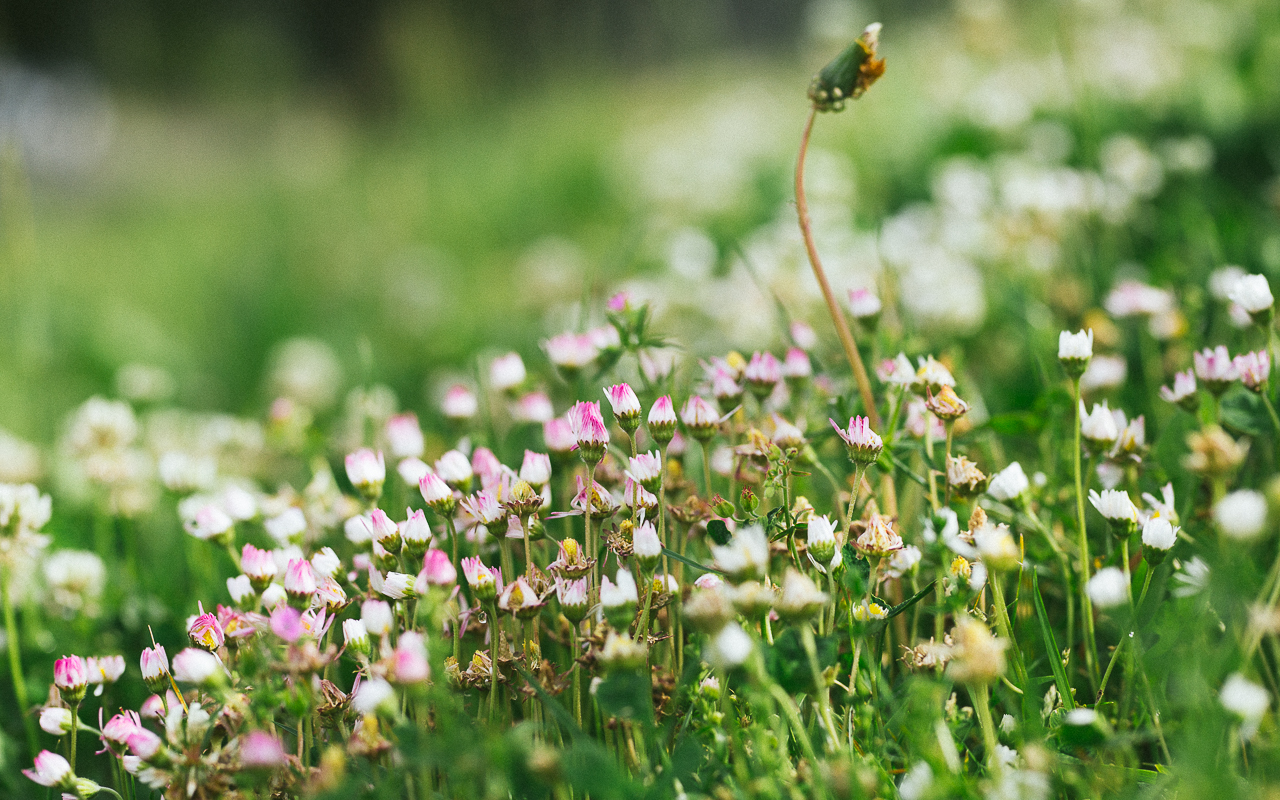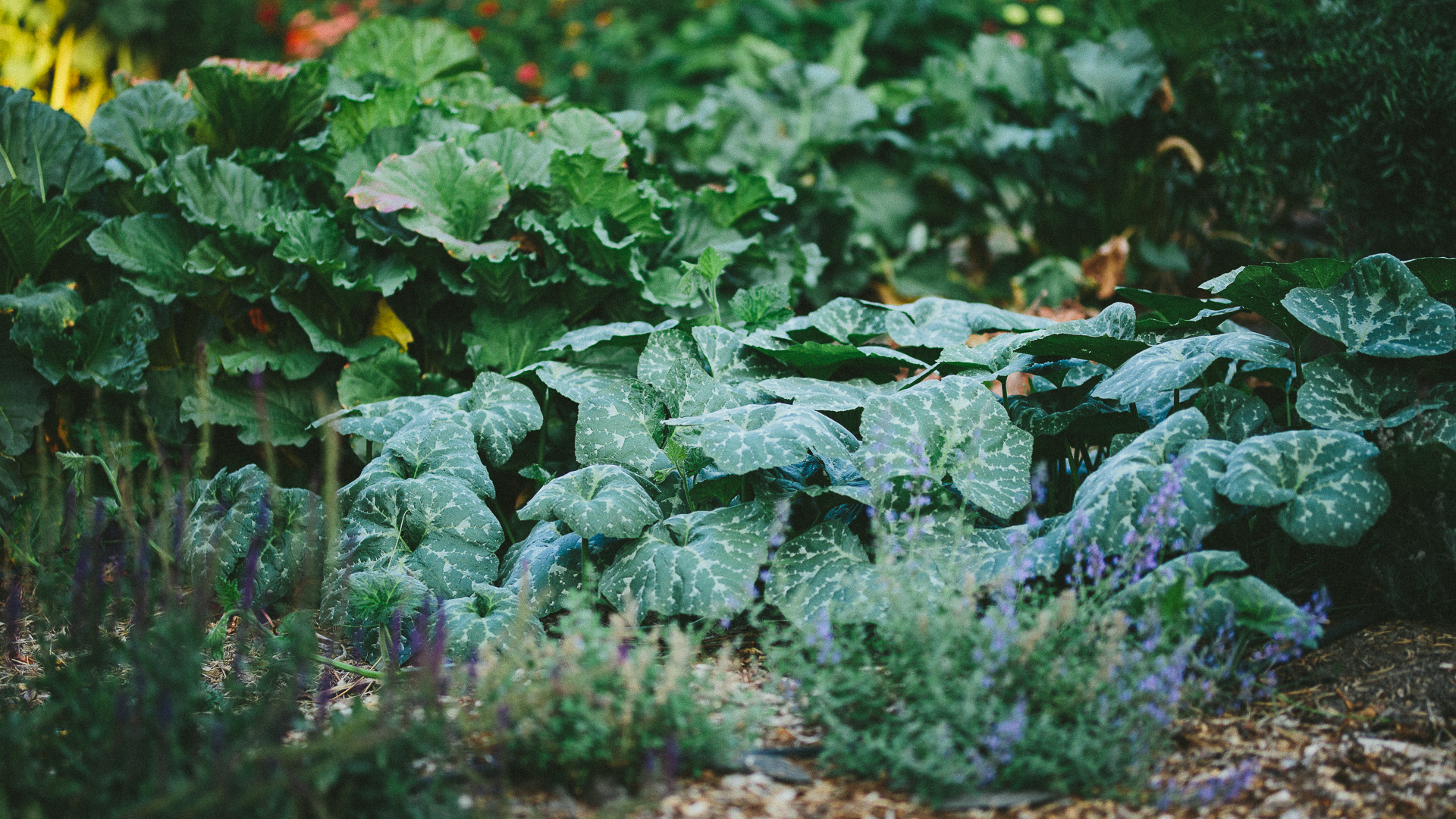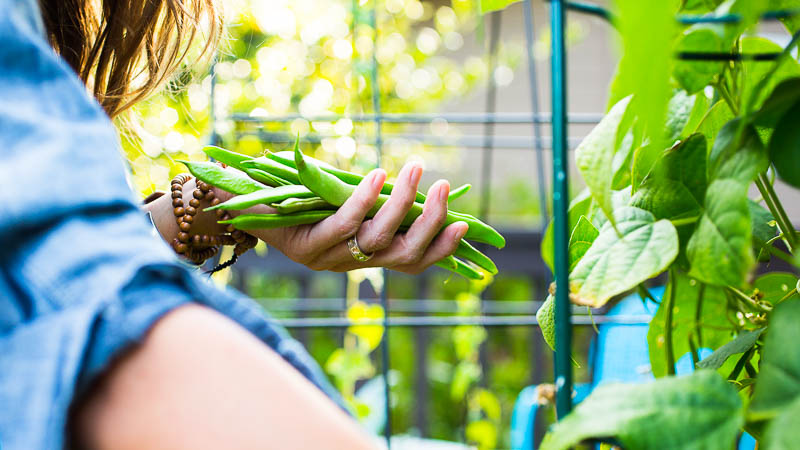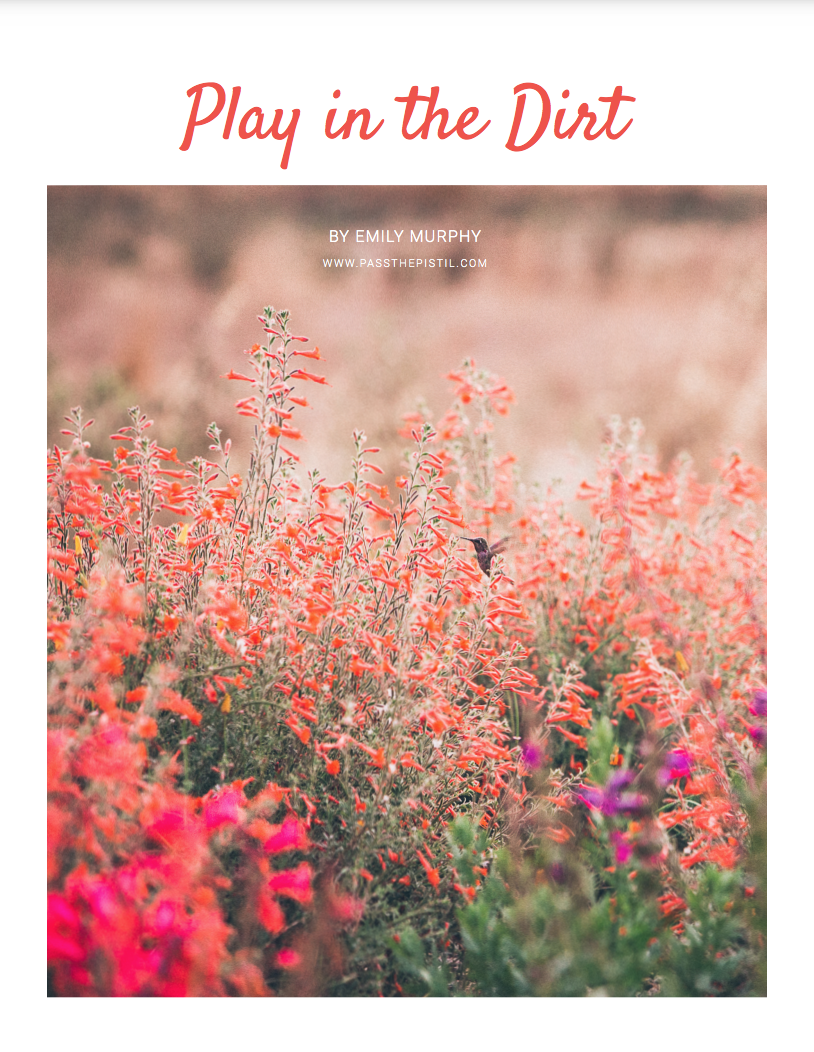Plant Pick: Hollyhocks
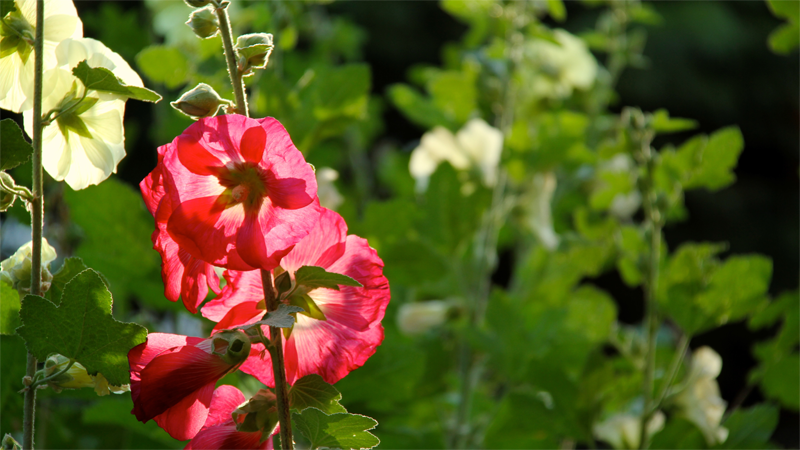

Tough as nails, charming and a pollinator powerhouse. Hollyhocks are what’s new again. If you haven’t grown them before now’s the time to plant. Sow them from seed or grow from starts, better yet, do both and you’re more likely to have flowers this summer.
Hollyhocks, Alcea spp., are biennial or short lived perennials, meaning their first season of growth is marked by a collection of basal leaves and it’s only in their second season they send up stalks, bloom and set seed. Plant diligently the first couple years and you’ll soon have a reliable garden of thriving flowers that do most of the work for you, generally in less than ideal conditions. Meaning they’re hard to kill and once established are generous with volunteers.
Their height makes them excellent plants for screening views and adding vertical interest to the garden right where you need it. Plus they pair well with almost any plant. I love them with Salvia nemorosa, Nepeta racemosa ‘Walker’s Low’, delphiniums, yarrows, poppies, phlox and herbs such as thyme.
Propagation
Direct sow seeds or sow in seeding trays. I like to scatter seeds in late fall to early winter, right before winter weather sets in or before the first snow fall. I also save seeds and direct sow again in spring with plans to strategically move volunteers. It’s rewarding to grow them from seed in addition to planting starts the first season so you’re guaranteed flowers by mid-summer.
Care
Grow in full sun in areas where there’s less wind. They prefer well draining soils and moderate water. I mulch them generously in summer, once the volunteers are sturdy and in place, and top with an organic fertilizer in late fall. Harvest seeds whenever possible for future planting and compost stalks once they’ve dried and turned brown. They grow well in USDA hardiness zones 3 to 8 with some varieties growing into zone 11.
Other Characteristics
Hollyhocks are a fabulous pollinator plant, attracting bees, hummingbirds and butterflies. All colors and types will do but I’ve found hummingbirds tend to visit the pink and red varieties more frequently. They’re a host plant for painted lady and tropical checkered skipper butterflies.
They can grow 12 to 36 inches wide and as tall as 6 feet or more.
This is one of my all-time favorite plants.

Grow What You Love.
Listen
Buy The Book
Special offers
Newsletter Signup
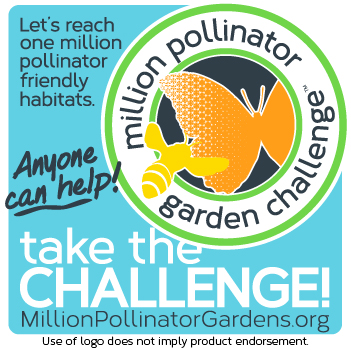
Archives
Disclosure
Pass The Pistil is a participant in the Amazon Services LLC Associates Program and other affiliate programs such as Etsy, affiliate advertising programs designed to provide a means for sites to earn fees by advertising and linking to curated affiliate sites.










